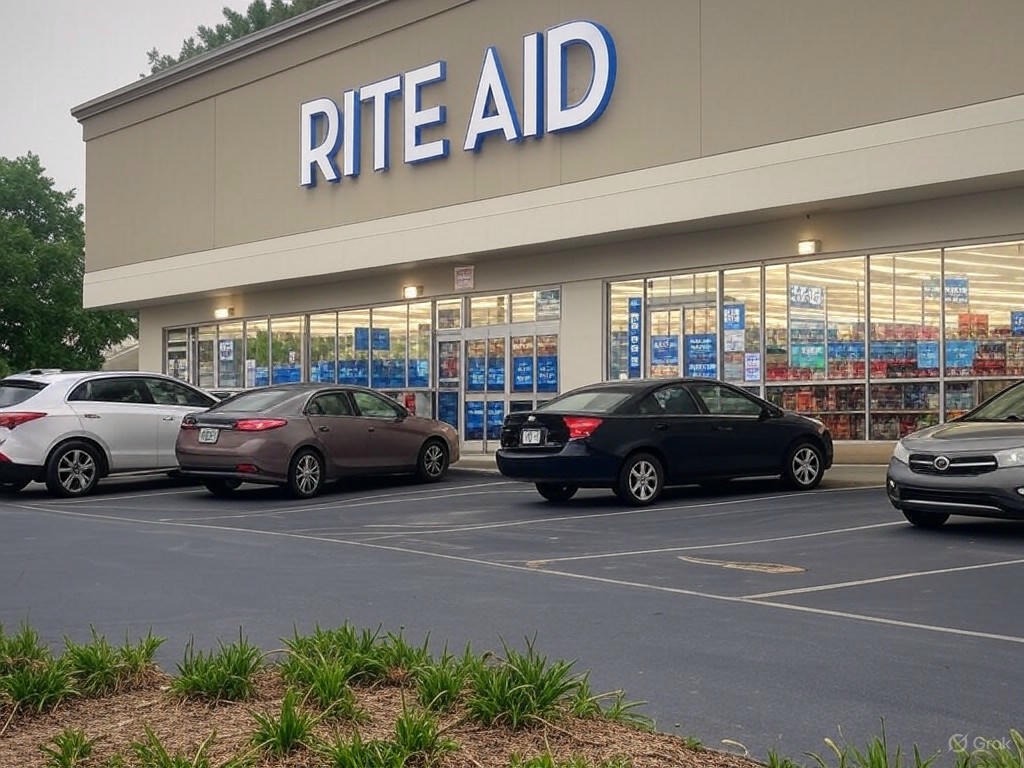Rite Aid’s Washington Closures: A Sign of Retail Struggles
The retail pharmacy landscape in Washington state is undergoing a significant shift as Rite Aid announces the closure of 17 additional stores, including four under its Bartell Drugs banner. This latest wave of shutdowns, revealed on a recent Friday, marks another chapter in the company’s ongoing efforts to streamline operations amid financial challenges. Among the affected locations are two Bartell Drugs stores in Seattle, a city already grappling with evolving retail dynamics. This move raises questions about the future of accessible healthcare and local employment in the region.
Rite Aid, a national chain with deep roots in community healthcare, has been navigating turbulent waters for years. The company has faced mounting competition from larger players like CVS and Walgreens, as well as the growing dominance of online pharmacies. Add to this the economic pressures of rising operational costs and declining foot traffic in brick-and-mortar stores, and it becomes clear why Rite Aid is making tough decisions. The closure of these 17 stores is not just a business strategy but a reflection of broader trends in the retail pharmacy sector. Washington state, with its mix of urban and rural communities, feels the impact acutely as residents lose convenient access to prescriptions and over-the-counter essentials.
The inclusion of Bartell Drugs locations in this round of closures is particularly noteworthy. Bartell, a beloved Seattle-based chain acquired by Rite Aid in 2020, has long been a staple in the Pacific Northwest, known for its personalized service and local charm. Shutting down four of its stores, including two in Seattle, signals a retreat from a brand that once symbolized community connection. For many loyal customers, this feels like more than just a business decision—it’s a loss of a neighborhood institution. Employees, too, face uncertainty as these closures likely mean job cuts, adding to the economic ripple effects in the area.
Beyond the immediate impact on consumers and workers, these closures highlight a critical issue: the sustainability of traditional pharmacies in an increasingly digital world. As more people turn to mail-order prescriptions and telehealth services, physical stores are struggling to justify their overhead costs. Rite Aid’s decision may be a pragmatic one, aimed at focusing resources on more profitable locations or investing in digital infrastructure. However, it leaves a void in communities where pharmacies often serve as more than just retail outlets—they are vital healthcare touchpoints, especially for the elderly and those without reliable internet access.
As Rite Aid continues to reshape its footprint in Washington, the broader implications for the retail pharmacy industry remain to be seen. Will other chains follow suit with similar closures? Could this pave the way for smaller, independent pharmacies to fill the gap? For now, the focus is on the communities affected by these 17 store shutdowns. While the company may be cutting losses, the cost to local access and trust in neighborhood healthcare providers could be far greater.


